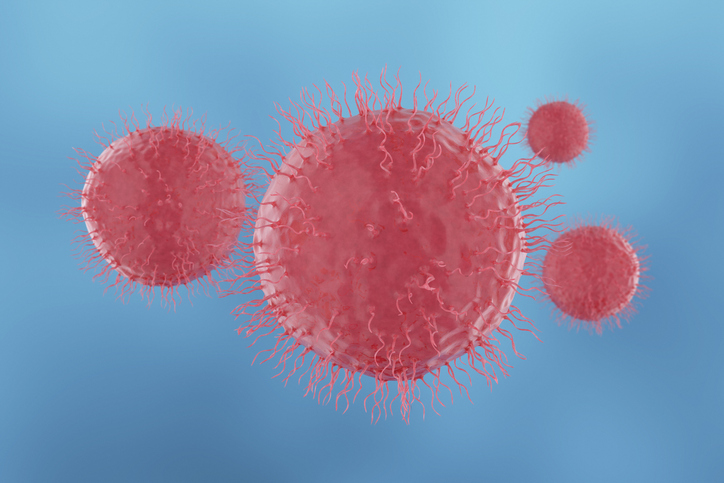Pain
Potential New Drug for Neuropathic Pain

What is neuropathic pain?
Neuropathic pain occurs when the central nervous system or the peripheral nerves are damaged. Peripheral neuropathy usually begins in the longest nerves of the body, such as the feet and hands. As the condition progresses, it moves up the arms and legs.
Because the spine and nerves are intertwined and work together, issues in the spine can cause nerve pain. Lumbar herniated disc is a common form of nerve pain that occurs when a disc between the vertebrae becomes herniated and places pressure on a spinal nerve root. Once the nerves become damaged and neuropathy becomes an issue, false signals are sent from the peripheral nervous system and central nervous system to the spinal cord, and then to the brain.
Anchor-tethered inhibitor
Recent studies are testing the viability of “anchor-tethered” drugs as a possible treatment option for neuropathic pain. Abnormal activity of HCN ion channels can lead to hyperexcitability of peripheral neurons, which can cause neuropathic pain. It is believed that targeting the HCN1 and HCN2 channels is the best way to manage neuropathic pain. However, it can potentially cause harmful cardiac or neurological side effects. Propofol, an anesthetic that is safe and widely used for neuropathic pain, has the ability to inhibit neuronal activity by enhancing the activity of GABAA receptors. This has shown to inhibit HCN channels, particularly HCN1.
The theory is that if propofol could be tethered to a chemical “anchor,” it would not permeate into the brain. Additionally, the propofol could penetrate the cell membrane of peripheral nerves, with the “anchor” outside the cell. This gives the drug an increased safety profile with regard to neurological and cardiac side effects.
A study done on rodents demonstrated that this drug could potentially be a safe and effective treatment option for neuropathic pain. Additional studies on humans are needed to confirm efficacy and safety, but the results could render a new treatment option for individuals who experience chronic pain.
Additional sources: Weill Cornell Medicine and British Journal of Anaesthesia


















